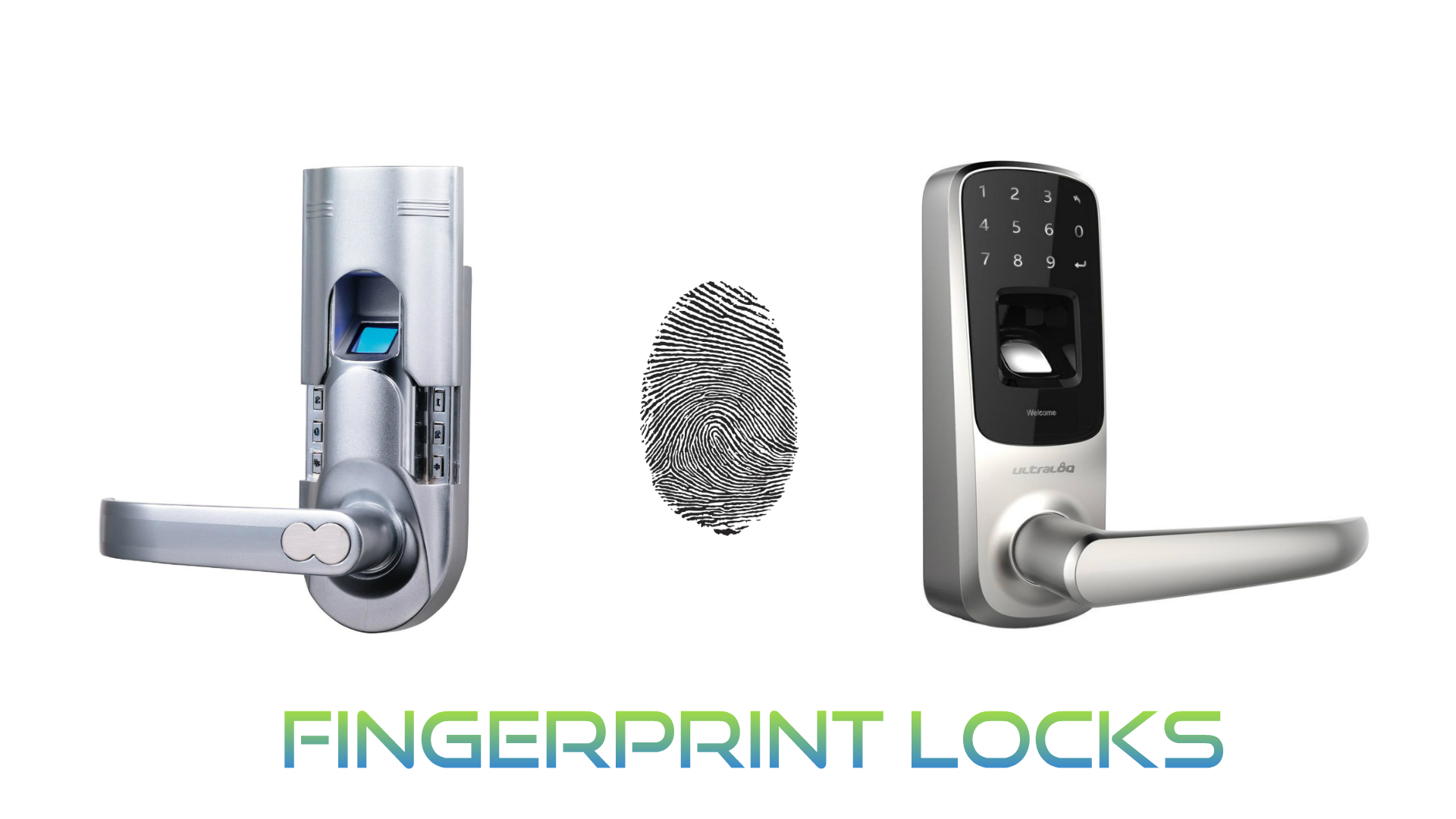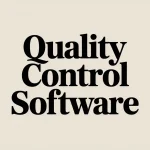A radio frequency identification (RFID) system is a wireless tool that allows companies to track products and assets. The RFID system consists of three parts: an RFID tag or smart label, an RFID reader, and an antenna.
An RFID label is a small microchip encased in a thin plastic material that can be placed on or embedded in an asset. An RFID reader reads the data stored in an RFID tag via radio waves. The RFID reader sends radio waves to the antenna, which transmits them to the RFID tag. When this happens, the RFID tag receives power from the reader, reflects back its signal, and transmits its stored data back to the reader. The reader decodes the information embedded in the tag and sends it to a host computer for processing.

RFID Solutions allow organizations to streamline operations, improve efficiency and enhance visibility. The Benefits of RFID can be seen across many industries, but some of the most common include:
Retail: RFID helps retailers manage inventory levels and better serve customers.
Healthcare: RFID increases patient safety by helping healthcare providers track medical instruments and equipment in real-time.
Manufacturing: RFID improves productivity, reduces costs, and increases visibility in the supply chain.
Transportation & Logistics: RFID helps transportation and logistics companies improve asset management and increase shipping accuracy to reduce costs and improve customer service.
Other advantages of RFID include but are not limited to:
Asset Visibility: RFID tags allow companies to see where their assets are at all times. This means that managers will know exactly where their assets are located and how they are being used.
Asset Utilization: RFID tags help field service organizations get the most out of their assets. By knowing when and how often these assets are being used, managers can improve asset utilization and reduce idle time.
Reduce Theft: RFID tags help prevent theft by allowing managers to know where each asset is located at all times. This means that if one of your assets is stolen, you’ll know exactly where it is.
Improved Efficiency: RFID tags can be attached to anything, which means that field service organizations can use them to track any part of the asset lifecycle. This improves efficiency because managers will always have a clear picture of each asset’s location, usage, and status.

Frank Partnoy is a tech blogger who loves to share his thoughts about the latest gadgets and technology. He loves everything from smartphones, laptops, tablets and more!













